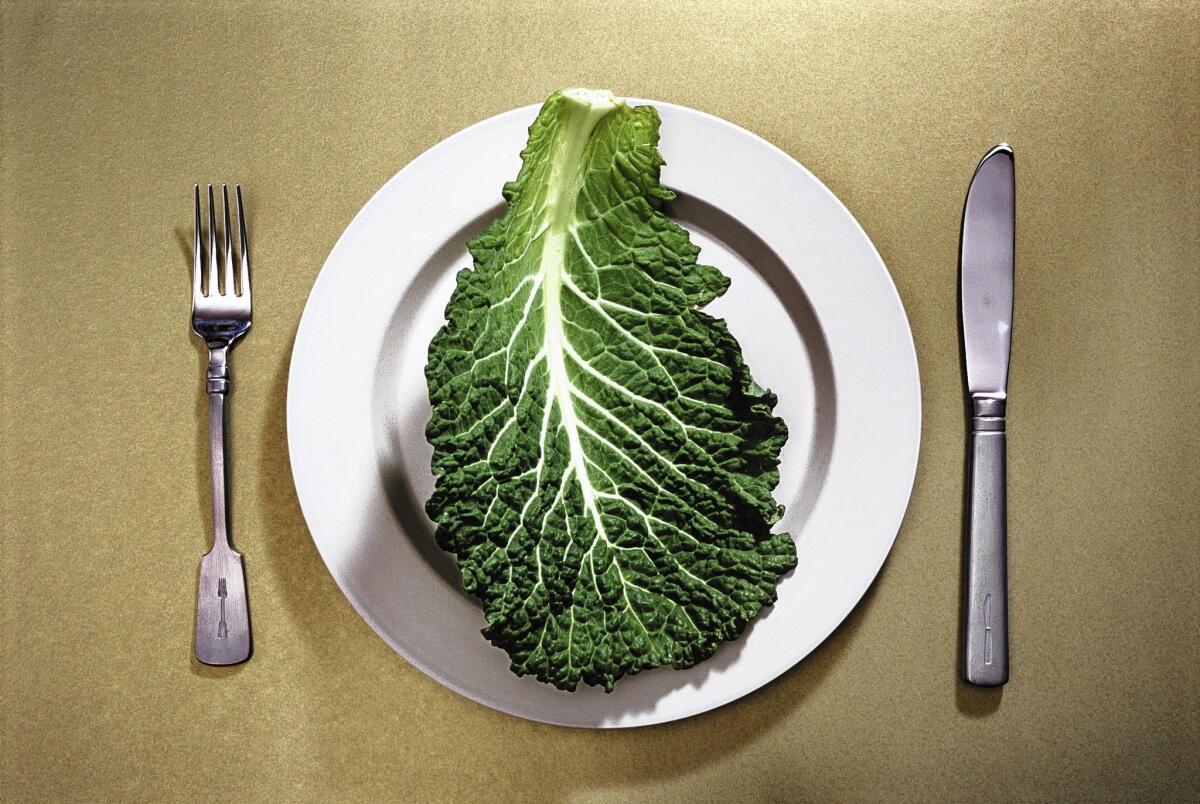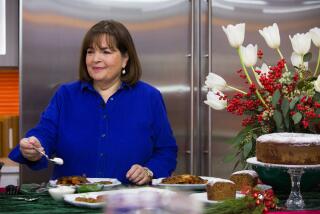For those with orthorexia, diet can never be âpureâ enough

One awful day, D.C. Copeland recalls, her perspective on her âpureâ diet had become so distorted that she found herself crying in the produce section of a grocery store because she could not decide whether the kale or the chard was âbetter.â
Jennifer Lombardi had so limited what she considered healthful that she found herself fending off othersâ questions about her diet. So she fabricated all sorts of food allergies â so no one would challenge her.
Both women say they were struggling with orthorexia, a condition that had them so consumed with a health food diet â or, as many people now term it, a clean diet â that the list of foods theyâd eat shrank and shrank.
Their initial impulses might have been fine: perhaps cutting out processed foods or eating only organic food. But what if someone believes she absolutely cannot touch carrot juice if itâs not organic? Or that she can eat only vegan raw food or not a single carb? The result, says Sondra Kronberg, a registered dietitian and nutrition therapist based on Long Island, can be malnutrition, brittle bones and other problems.
Our culture is immersed in advice and admonitions about the ârightâ way to eat: Juice, Paleo, low-carb, no-fat and GMO-free diets abound. So perhaps itâs no wonder that the terrain gets dicey for some people.
Orthorexia âabsolutelyâ is growing, says Kimberley Quinlan, a psychotherapist at the OCD Center of Los Angeles, an outpatient clinic that specializes in obsessive compulsive disorder.
People who struggle with anorexia or bulimia generally have a preoccupation with their appearance and sometimes cannot rightly judge if their weight is appropriate. Those with orthorexia âare not looking to lose weight or are not fixated on a number on a scale,â says Lombardi, who now is executive director of the Eating Recovery Center of California in Sacramento. âThey say, âI want to look at the value of food, and I want to look at an altruistic approach.ââ
For Copeland, who had obsessive compulsive disorder as a child and later had problems with alcohol and drugs, getting sober in her 20s also meant that it was important to eat healthfully.
âI got into raw veganism, colonics, enemas and a whole way of life. It was so insanely pure. There was no room for error. I couldnât even work. All the energy went into making my green smoothies and doing a yoga class,â she says. âI was addicted to this feeling; I had to be pure.â
A hallmark of orthorexia is perfectionism, finding the âperfectâ foods. âTheoretically, if we do things right or perfectly, people will be less upset with us, we will experience less adversity,â Lombardi says. âThereâs no room for imperfection, and thereâs no room for enjoyment.â
Orthorexia was named in 1996 but has yet to be accepted as a formal diagnosis in the Diagnostic and Statistical Manual, the bible of psychiatric illnesses. Some therapists see it as an eating disorder, others as a manifestation of OCD. Some doctors think a separate diagnosis is unnecessary. Thereâs no estimate on how common it might be.
Whatever itâs called, therapists say, there are people whose rigid attention to what to eat, its nutritional content and how the food is grown and processed can put themselves in danger. A person might start âby getting rid of processed foods, then sugars and gluten, and little by little most things get taken out. Theyâll take out meat. Only raw foods, only fruit. There are no real rules, but it usually gets down to a very small number of foods,â Quinlan says.
In addition, sufferers generally think thereâs nothing wrong with their behavior.
Copeland, a Yale graduate, says she was sure that her âpureâ diet would help her reach her potential, but she now sees that it left her enervated, isolated and unwilling to leave her house without bringing her own food.
âIf I can fill my whole mind with food and the purity of the food and the green smoothies, then I can stay sober,â Copeland says in describing her thought process.
The day she couldnât choose which greens to buy, she called her Alcoholics Anonymous sponsor and began to get the help she needed, eventually seeing Quinlan and undergoing therapy that included learning to eat foods she had rejected.
Today, at 32, she is a playwright in Portland, Ore., and tries daily to eat when sheâs hungry. Itâs still not easy. But she had a recent victory at an event where others were drinking alcohol. She chose a Coca-Cola, not the seltzer, picking a treat and enjoying it.
Signs of orthorexia
Here are some indications that a person may be suffering from orthorexia:
⢠A significant shift in a personâs relationship with food.
⢠A significant change in weight or behaviors around meals.
⢠Exercising even when sick or injured, and agitation over having to shift the routine.
⢠A lot of counting and calculating â not calories, but things like nutrients or grams of protein.
⢠A reluctance or refusal to eat in public.
For more about orthorexia from Kimberley Quinlan, read her blog at www.ocdla.com/blog/.
ALSO:
Soak your cares away â itâs terrific and scientific
Unraveling any weight-gain links to stress, cortisol
New therapies offer bright hope against the darkness of depression







